AP Bio - Unit 2
1/48
There's no tags or description
Looks like no tags are added yet.
Name | Mastery | Learn | Test | Matching | Spaced |
|---|
No study sessions yet.
49 Terms
covalent bond
strong bond between two atoms - intramolecular
nonpolar - pair of e- shared equally by 2 atoms
polar - e- shared unequally
stable
forms molecules
hydrogen bond
weak attraction of one water molecule another
intermolecular
polar water creates molecular attractions
ionic bond
attraction between two oppositely charged ions
specific heat
amount of energy required to heat 1g of substance to 1 degree C
ex: 4.184J /gC - water, 0.84 J/gC - metal
resistance to temperature - hard to heat = hard to cool
water moderates temperature on Earth
surface tension
cohesion - resistance to surface breakage
water is “sticky”
adhesion
H bonding between H2O + other substances - water sticking to other things
capillary action
cohesion
H bonding between H2O - water sticking to itself
heat of vaporization
takes lots of energy to get water to move from liquid → gas - taking heat with it (hottest molecules)
evaporative cooling
hydrophobic
water fearing
hydrophilic
water liking
pH scale/H+ ion
ionization
H+ splits from H2O, leaves OH-
[H+] > [OH-] - acidic
[H+] = [OH-] - neutral
[H+] < [OH-] - basic
pH scale
1 = acidic, 7 = neutral, 14 = basic
2 = 10x 1, 3 = 100x 1
buffers control pH - resist change
hydroxyl group
organic compounds with OH = alcohols increase polarity
-OH
…C-C-O-H
carboxyl group
acids = donate H+ into solutions
-COOH
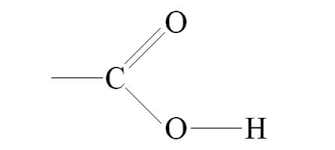
carbonyl group
double bonded C with O - increase polarity
C=O
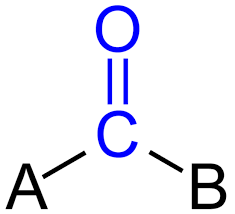
amino group
amines acts as base - pulls H+ out of solutions
-NH2
-NH3+
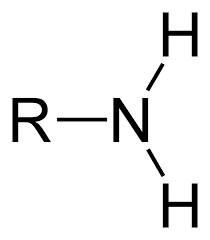
phosphate group
transfers energy between organic molecules
lots of negative charge (highly reactive)
easily ionizes
-PO4
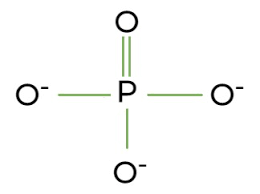
sulfhydryl group
helps with stabilization, especially in protein structure
tertiary structure
-SH
polymer
long molecules built by linking repeating building blocks in a chain
monomer
building blocks for polymers
condensation/dehydration reaction
joins monomers by “taking” H2O out
one monomer donate OH-
other donates H+
together form H2O
hydrolysis reaction
uses H2O to break down polymers
reverse of dehydration synthesis
clears off one monomer at a time
H2O is split into H+ and OH-
H+ and OH- attach to ends
monosaccharide
simple 1 monomer sugars
ex: glucose
glycosidic linkage
polysaccharide
large polymers
-ex: starch
fatty acid
triacylglyercol/triglyceride
ester linkage
phospholipid
glyceral + 2 fatty acids + PO4 ← negatively charged (polarity)
found in cell membrane
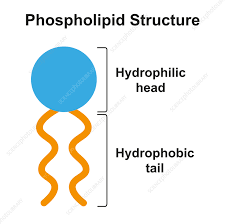
steroid
amino acid
peptide bond
primary structure
secondary structure
tertiary structure
quaternary structure
denaturation
DNA
nucleotide
enzyme
activation energy
catalyst
substrate
product
active site
cofactors
competitive inhibitor
non competitive inhibitor
allosteric site
feedback inhibition